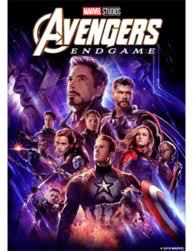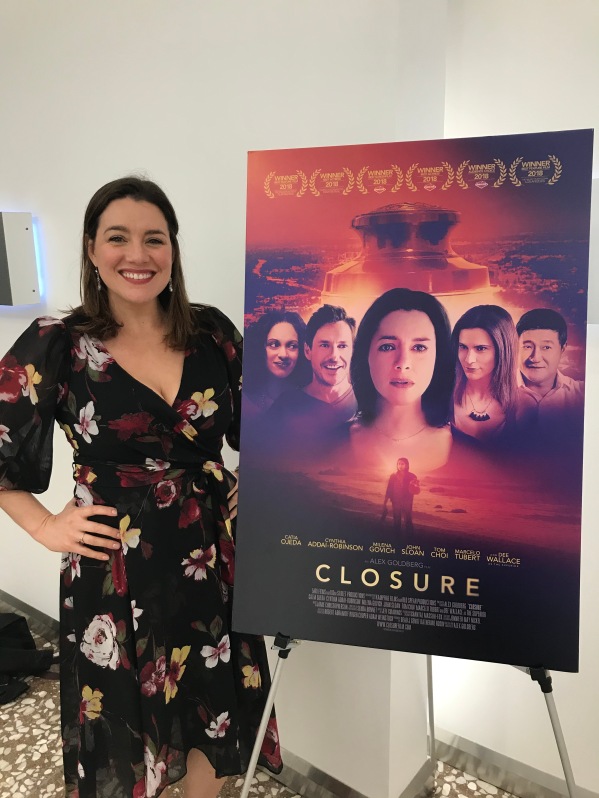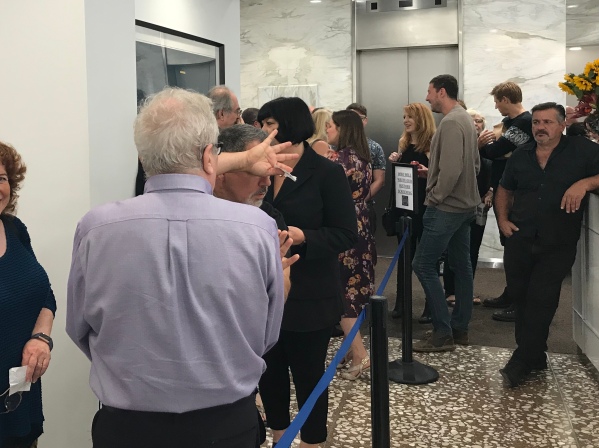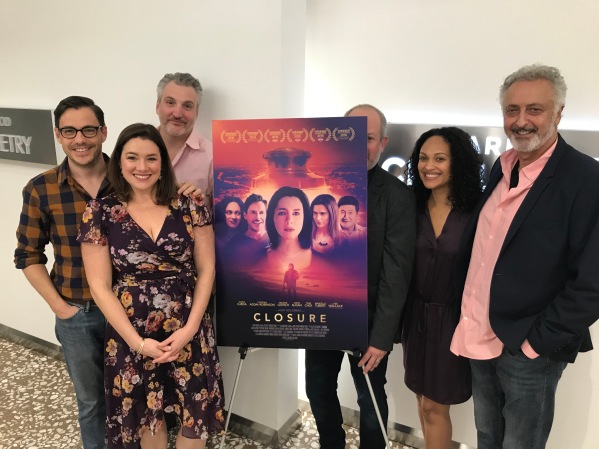As mentioned in the previous post, the road to distribution was long, ending with a deal with Indie Rights. They would own our movie for three years and can make any deal they feel is worthwhile. In return, we receive the vast majority of the money earned. The trade off: we will be responsible for delivering the movie and all marketing and advertising cost.
So what is delivering the movie? It’s exactly what it sounds like: we delivered the movie to Indie Rights.
Great answer, wiseass. But what does that entail?
“Deliverables” are every aspect of the movie. Yes, there is the movie itself, set up to the specifications that will allow it to be streamed on any platform. This includes sound broken down into different folders for stereo sound and mono sound. Also, subtitles for closed captioning as most platforms (including Amazon) require it. Plus a music cue sheet which consists of every sound cue in the movie in a big spread sheet detailing when it runs, the length of the clip, and the recording artist and publisher information (so these good people can get paid).
In addition there are marketing materials: still photos, bios of the important people, and new poster art recommended by our distributor:

Plus, the very important Chain of Title, which are legal documents proving that I wrote the movie, that I sold the movie to the production company, and that we did it without stealing content from anyone. This involves sending documents and the movie to the U.S. Copyright Office.
Plus much more! And it was all due 30 days following the signing of our contract. A lot of busy work for people who are all working other jobs.
In addition, Indie Rights mentioned we might want to do a theatrical run. Every other distributor we spoke with discouraged that as the costs are extremely high: in addition to renting the theater (one screen at a theater can run $10,000 – $25,000 a week, depending on the size) we would have to pay for advertising and marketing. Those seats ain’t gonna fill themselves.
And why would we need it? We’ve played in theaters… six of them so far, ranging from 75 to 300 seats. So what does a week-long theatrical run give us that we don’t have already?
- Award Consideration – We would be eligible for Oscar consideration (Ha!) and Independent Spirit Award consideration (hmmm…)
- Reviews – If your movie opens in Los Angeles, the L.A. Times has to review it. Other publications would also likely attend.
- A bigger audience – If the reviews are good…
Okay, those are worthwhile things to consider, for sure. Also, our distributor was able to secure us a week long run at a Arena Cinelounge, a movie theater in the heart of Hollywood. This small boutique theater is perfect for us because…
- Our distributor has a deal with the theater so we could get a week long screening for much cheaper than regular movie theater prices.
- We will have an opening date so we can send our press release to critics.
- A final chance for the audience (and us) to see it in theaters.
It was a no brainer. We’d do it. Closure would have a theatrical run on 1 screen, 1 screening a day, lasting 1 week. To put that in perspective, the biggest box office movie of the year, Avengers: Endgame, opened on 4,662 screens, with multiple screenings a day, lasting 44 weeks.

“We will crush you, puny indie movie.”
Our producer/PR Rep Katie Rosin put together a press release and sent it out along with our press kit. We set up Facebook events, scheduled TWO parties (one on opening night, one two nights later for star Catia Ojeda’s birthday), spent four hours filling out the Independent Spirit Award submission, and waited for the reviews and accolades…
…and waited…
…and things started to happen. People bought tickets. A great review and another trickled in. No word from the L.A. Times, but that was okay after all we were weeks out.
Then one Wednesday afternoon I went to our theater to watch two different movies made by friends of mine. The first one had only one other person in the theater: the filmmaker. The second: I was the only person in the theater.
And as I sat there BY MYSELF as a movie screened it dawned on me: “Oh shit. No one is coming to see our movie. No one cares.”
A writer once gave me a piece of advice early in my career: “no one cares if you finish your script.” This is not meant to be a deterrent, but rather that I, the writer, must care the most. I have to tell the story.
But our story won’t live without an audience. So we worked just like we did with our Off-Off-Broadway shows in New York and lobbied hard for people to turn off the streaming TV, get off their couches, and pay for parking (and a movie ticket). I would not tolerate a goose egg audience (a.k.a. 0 audience members). We can do this.
Ticket sales were trickling in. We had arranged for at least one person from the team to be at each screening for a Q and A. And then… it was opening night.

No red carpet, just a star and a poster.
Not as glamorous as the red carpet screenings in D.C., North Hollywood, Spain, or New York, but we savored it since it’s probably our last big screening for a while.

The line to get in: definitely more than zero people (and it wound around the corner)
Our opening Friday night audience was great, a nearly packed theater. Our next show, a Saturday afternoon screening, took a slight dip but there were definitely people there.
The next night, Sunday, was a combo: a cast Q and A and a birthday party for our leading lady after.

From left: John Sloan (Jack), Catia Ojeda (Nina), Michael McCartney (O’Leary), some blogger, Cynthia Addai-Robinson (Yasmina) and Marcelo Tubert (Iskandar) . This cast reunion photo was taken 2 1/2 years after we wrapped shooting on the movie.
This screening was crowded and we all moved to a rooftop bar to celebrate. A good end to our opening weekend.
But there were four screenings left, and I was determined not to get any goose eggs, even though we were screening at 6pm on the next four weeknights. We’d get an audience.
It took hustle, but we did it. The audiences were small (one screening was only three people) but we survived our week long run without an empty theater. Our movie played on the big screen to an audience every show. And that was a victory.
HOWEVER… we did NOT receive an L.A. Times review. Apparently the old line (If your movie runs in Los Angeles the L.A. Times has to review you) is no longer true. Too many movies come out each week.
Which was a good warning for us as we geared up for distribution. If this movie succeeds, it is up to us to get the audience. One chapter closes, and another opens in three… two… one…